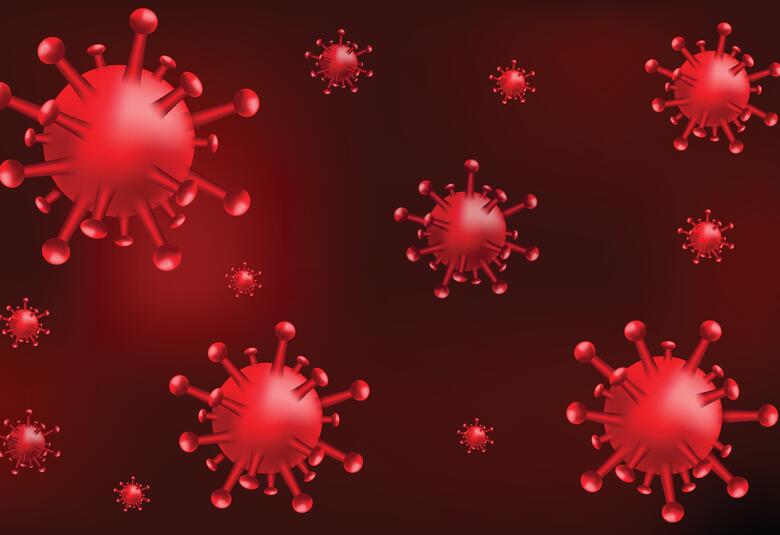A gastroretentive capsule containing multiple layers of biodegradable film, intraoral infusion via a pump attached to the mandible, and inhaled medication were among the novel approaches to improve the treatment of Parkinson’s disease (PD) and tackle problems such as off-periods, dyskinesias, freezing, and psychiatric and cognitive impairment. Promising targets for disease modifying therapy (DMT) – the glucagon-like peptide 1 (GLP-1) receptor and alpha‑synuclein – were also highlighted by Fabrizio Stocchi from Rome, Italy, in his well-attended early-morning plenary at AAT-ADPD.
Current treatment for PD improves symptoms but does not prevent off periods, dyskinesia, psychiatric problems, freezing gait and cognitive impairment; and no intervention halts or slows the disease process.Levodopa therapy is associated with:
- off periods as the plasma level falls towards the end of a dose
- dyskinesia in response to high plasma levels, particularly soon after a dose
Innovative formulations to stabilize the plasma levels of levodopa together with new strategies to improve the symptoms of PD and therapeutic targets for DMT are being explored by experts worldwide and are discussed in this article.
Novel formulations and smart ideas to stabilize levodopa levels
Levodopa has a short half-life of just 1.5 hours, and there is a need for new formulations using novel engineering techniques to extend this half-life, explained Professor Stocchi.
Novel engineering techniques extend the half-life of levodopa
Novel formulations now being investigated in Phase 3 studies include a gastroretentive capsule containing multiple layers of biodegradable films, and a continuous pump-administered subcutaneous infusion. Proof of concept has also been shown for a continuous intraoral infusion provided by a small pump attached to the side of the mandible.
Such techniques can provide controlled, prolonged and continuous levodopa levels and promise to decrease off time and dyskinesia, said Professor Stocchi.
Rapid reversal of off periods using inhaled or sublingual formulations
Rescue therapy for off episodes that provides a rapid and predictable recovery represents a significant unmet need, said Professor Stocchi.
One approach in development is an inhaled formulation of levodopa that passes straight into the blood bypassing the need for gastric absorption. It results in a rapid peak in plasma levodopa levels that lasts for approximately 2 hours, and the patient usually switches on within 10 to 15 minutes.
Another approach in development is a sublingual film formulation of non-selective dopamine agonist, which is placed under the tongue. This results in a rapid absorption and consequent motor benefits.
New strategies to improve symptoms
Many new therapies with different mechanisms of actions and targets are being investigated to improve the efficacy and tolerability of current medication, explained Professor Stocchi. These include:
- a new long-acting catechol-O-methyl transferase (COMT) inhibitor that has shown efficacy in producing 24-hour inhibition and controlling off time
- adenosine A2A antagonists, but two have failed early trials, and the other due to the development of fatal agranulocytosis in seven patients
- a tablet combining two drugs with distinct and potentially synergistic mechanisms
- a dopamine agonist for motor fluctuations that predominantly acts on D1 rather than D2 dopamine receptors
- metabotropic glutamate receptor 4 antagonists and modulators (L-dopa induced dyskinesia is consistently associated with abnormal glutamate transmission in the basal ganglia in animal models)
- new atypical antipsychotics
Therapeutic targets for disease-modifying therapy
Disease-modifying therapy is the hot topic, said Professor Stocchi, and the therapeutic targets are GLP-1 receptors and alpha-synuclein.
GLP-1 receptors and alpha-synuclein are targets for disease-modifying therapy
Glucagon-like peptide 1 (GLP-1) receptors are present in several regions of the brain and especially in the basal ganglia and play an apparent role in neuroprotection. Proof‑of‑concept human trial of a GLP-1 agonist for the treatment of moderate severity PD needs to be confirmed.
Strategies being investigated to target alpha-synuclein include immunological therapies, increasing clearance, knockdown, and interference with prior conformation.




